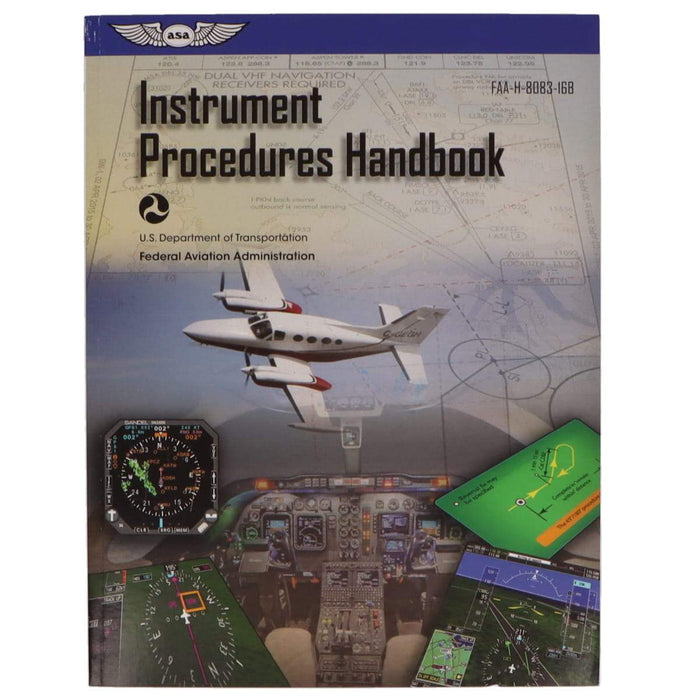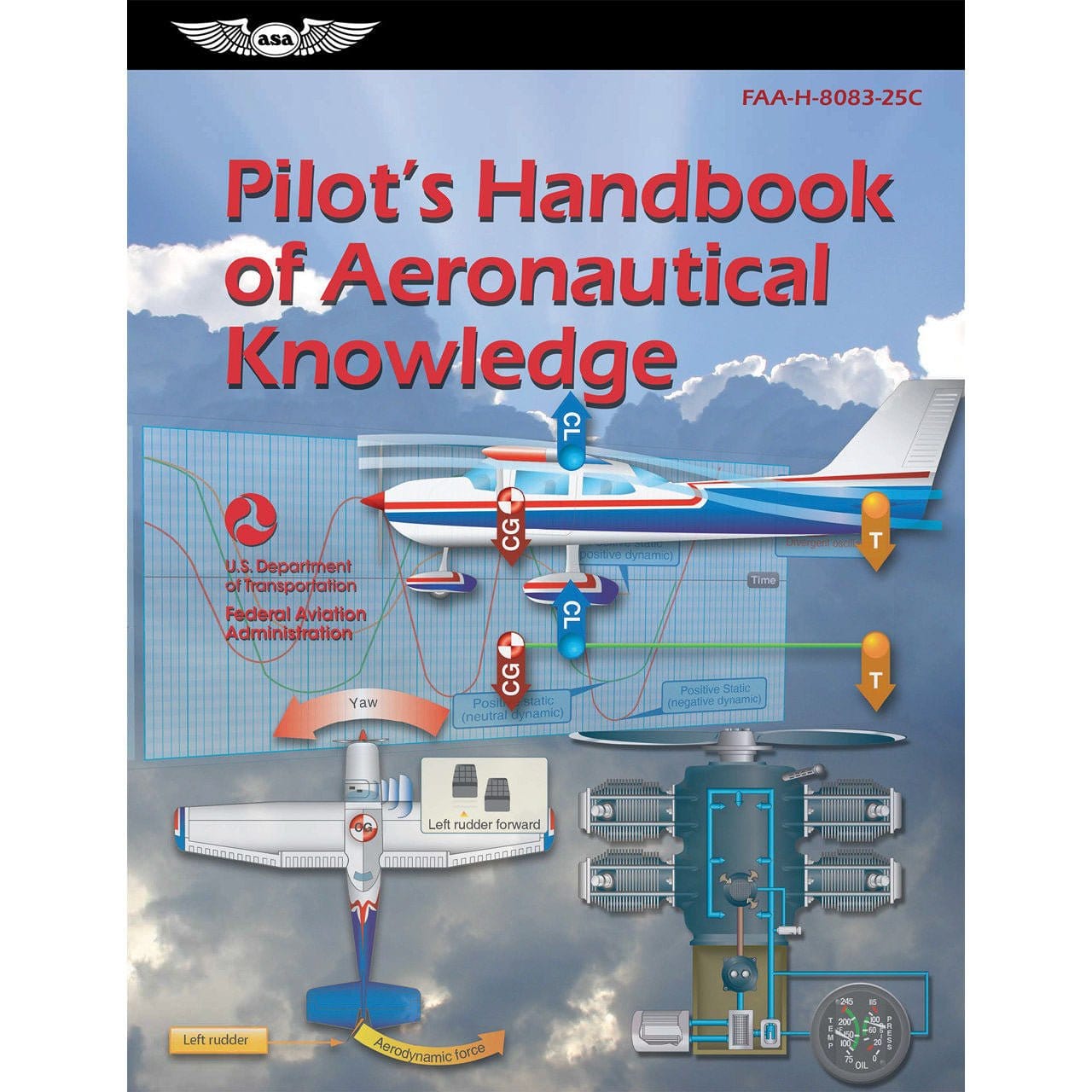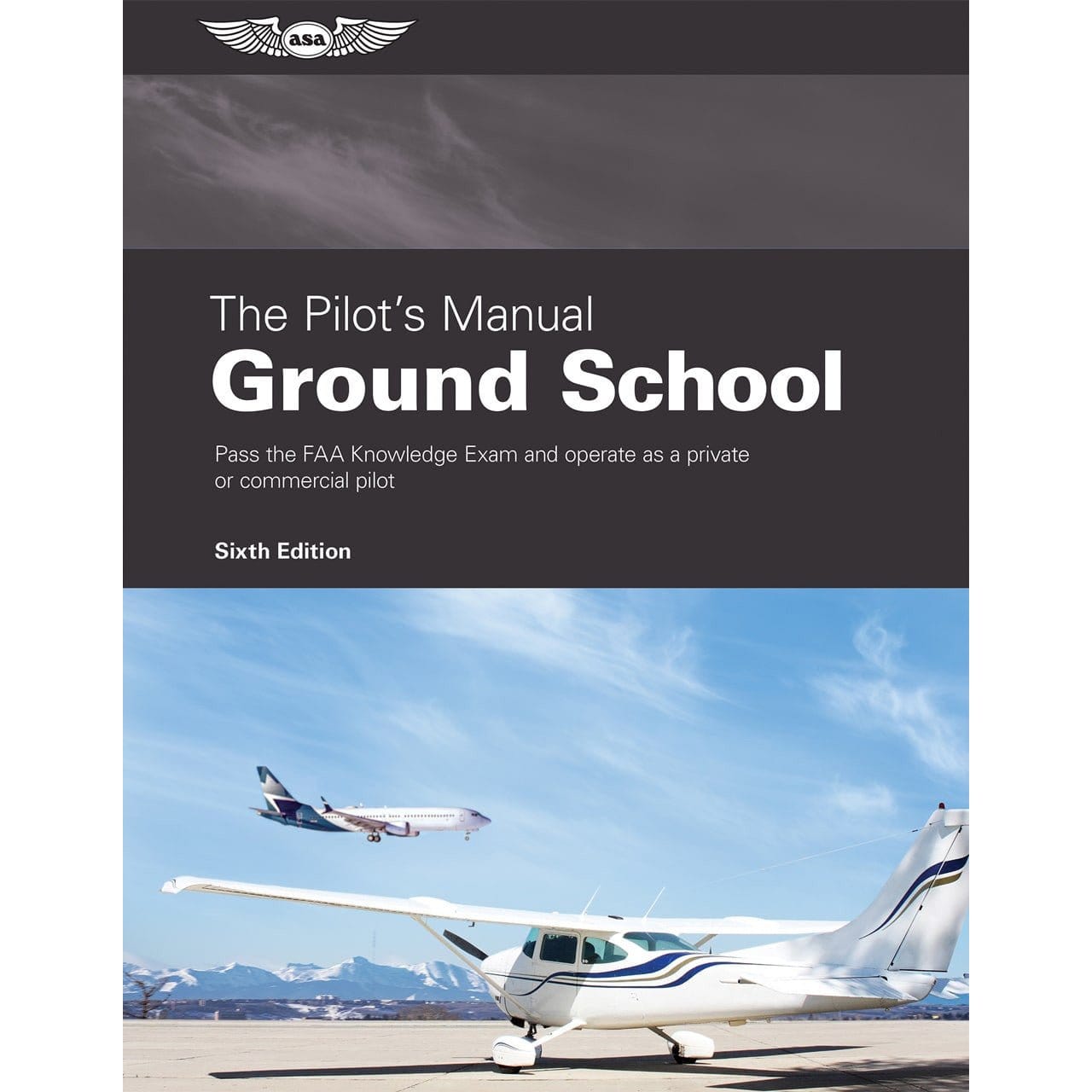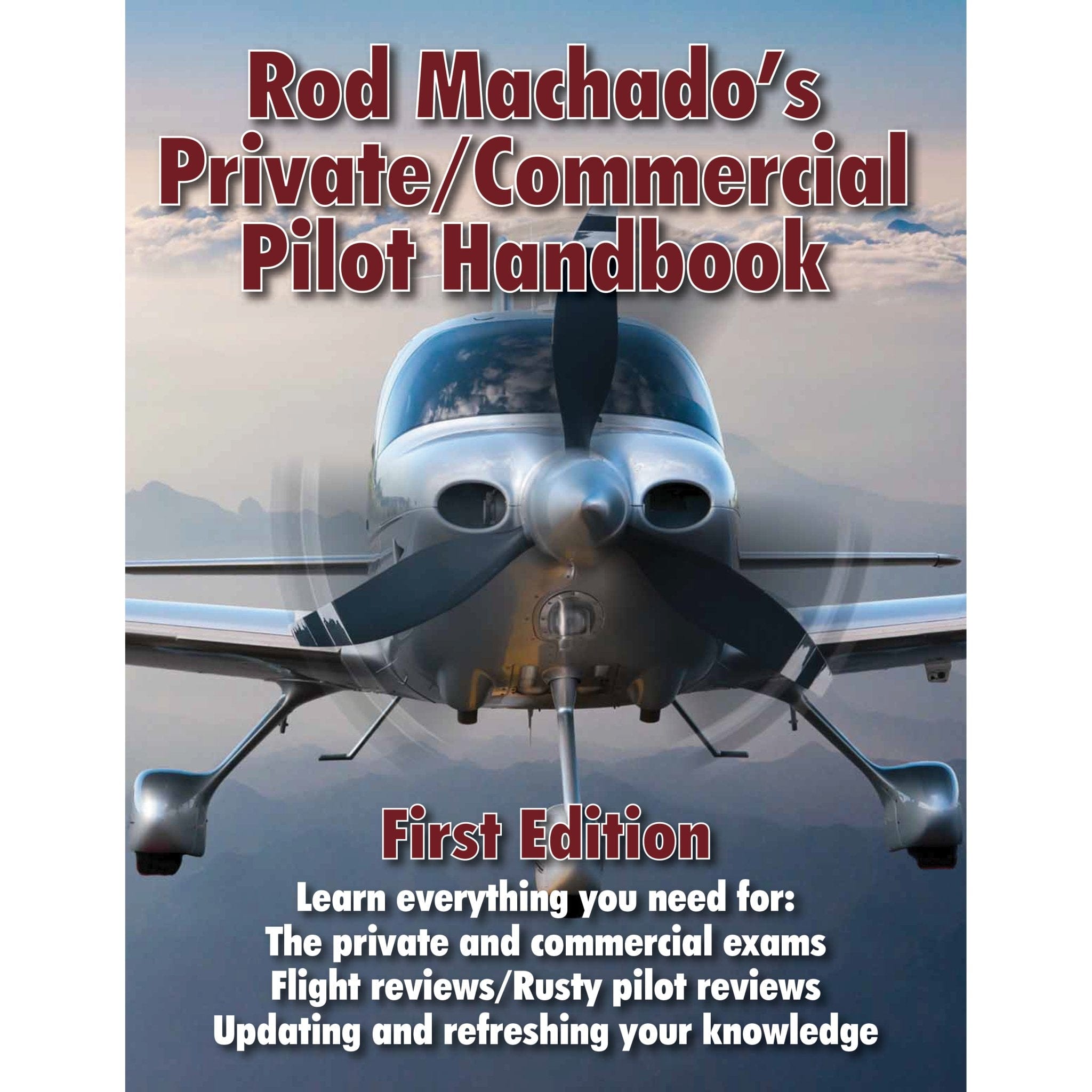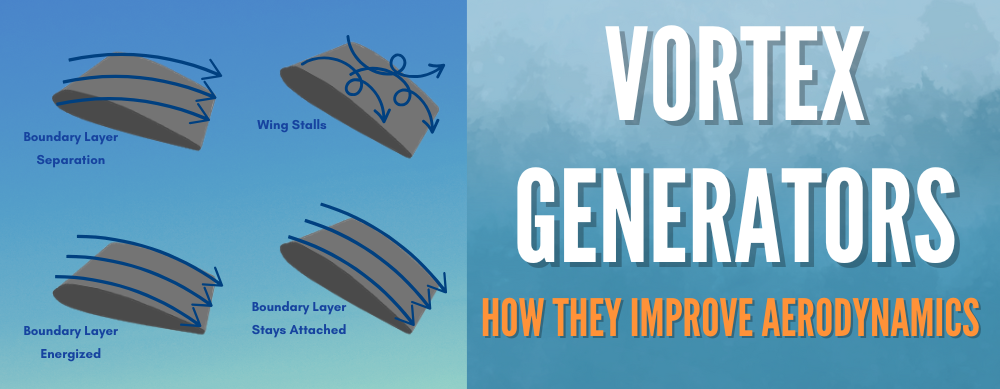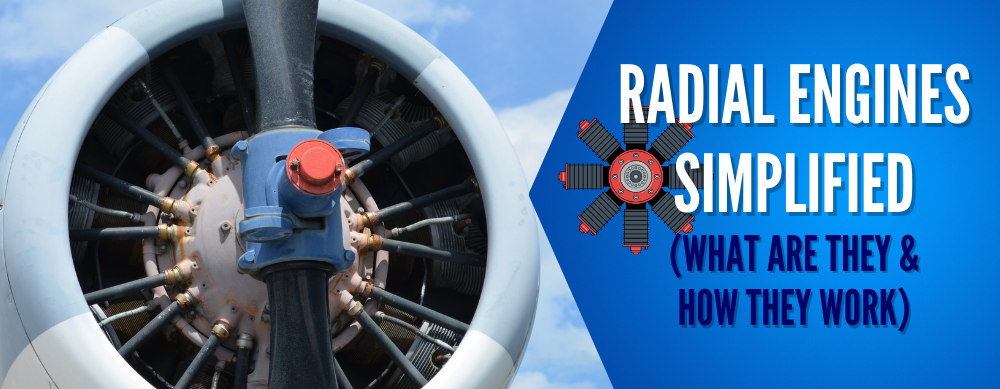For student pilots learning to fly(or even new pilots), the term "Contact Approach" might sound pretty straightforward—simply contact approach control on the designated frequency.
Unfortunately, that'd be the wrong assumption, this phrase refers to a specific type of approach request that IFR pilots must become familiar with in case they need it during landing at their destination airport.
In this article, we will get into all the details and clear up any confusion surrounding contact approaches.
 What is a Contact Approach?
What is a Contact Approach?
When traveling by air under IFR flight clearance, there are three options for reaching the airport: following a standard instrument approach procedure (IAP), conducting a visual approach, or executing a contact approach.
The pilot, not ATC, must request a contact approach. A contact approach is a flight procedure used in VMC (Visual Meteorological Conditions), but unlike instrument approaches, contact approaches rely on visual references rather than faithfulness to follow the published instrument approach procedures.
When compared to visual approaches, contact approaches have less demanding visibility requirements and allow for deviation from the instrument approach procedure.
Obstruction Clearance
For IFR flights, it is common to switch to a visual approach upon breaking through clouds and using visual cues to navigate toward the airport and runway. During a contact approach, pilots must constantly monitor terrain and obstruction clearance with limited visibility.
To execute a contact approach, pilots have to stay clear of clouds with at least one mile of flight visibility and be certain that they can continue safely to the intended airport under these conditions.
It's important to note that there is no missed approach for a contact approach. A contact approach cannot be requested for airports without published approach procedures. If there is no published approach the pilots must discontinue the contact approach and request vectors from ATC.
 Visual Contact vs. Contact Approach
Visual Contact vs. Contact Approach
A contact approach is similar to a visual approach, but the difference between the two is that the pilot does not have the airport in sight or see other preceding aircraft during the approach. This means that visibility requirements are less strict.
Even though a pilot might be flying an IFR flight plan, it is common for IFR aircraft to request a visual approach clearance for landing if they have met the weather minimums and have the airport in sight.
A visual approach also lessens the burden for ATC and can provide a faster time to landing since it means they are dealing with less IFR traffic. ATC can give a visual clearance if the weather meets the minimum of 1000 feet and 3 miles.
Things to Keep in Mind
Even with a visual approach clearance, you are still under an IFR flight plan and should have the appropriate approach plate loaded or easily accessible.
The FAA also recommends using available navigation aids for guidance during a visual approach(such as VOR, ILS, RNAV).
Flight Insight did an incredible video explaining visual and contact approaches. Watch it for a full understanding of this topic.
Contact Approach Requirements
- Pilot requests it.
- Remain clear of clouds.
- One-mile flight visibility and reported ground visibility is at least 1 mile.
- A published instrument approach procedure is functioning.
- Approved separation from other aircraft, minimum altitude of 1,000 feet below IFR traffic and above the minimum safe altitude prescribed in 14 CFR Section 91.119.
- An alternative clearance is given when the weather conditions make the contact approach impracticable.
- It is the pilot's responsibility to clear all obstacles that may be at pattern altitude.
A pilot should advise ATC immediately is they are unable to perform the approach.
For official sources, the AIM 5-5-3 outlines both the pilots and controllers responsibilities regarding contact approaches.
Should You Do a Contact Approach?
A contact approach is for pilots familiar with the airport and terrain, relying on visual cues supported by NAVAIDs like ILS, RNAV, or VOR for situational awareness. Only use this approach if it's absolutely necessary, otherwise, divert to a nearby alternate airport.
Avoid procedures not facilitated by ATC unless they are unavoidable. Quickly inform ATC if you are unable to continue the approach or if the visibility drops below 1 state mile (1.6km).
Dangers of a Contact Approach
The contact approach is a technique used by pilots to save time and fuel during flights, but it also comes with certain risks. Pilots must be aware that flying in poor visibility can lead to dangerous situations known as "scud-running."
Takeaway
As a pilot, you'll likely never have to use a contact approach, and that's certainly a good thing. Many pilots, even with over 2000 hours of flight time may have never flown this approach.
The only reasonable assurance for a contact approach is for the sake of preventing your fuel from running dangerously low. Another factor for contact approaches is that the pilot should have a very strong familiarity and knowledge of the destination airport, obstacles, and the surrounding terrain.
It's always safer to fly published or visual approaches, and if those are unavailable, it's best to divert to an alternate airport with more favorable weather conditions. While this approach may save time and fuel, it's important to prioritize safety over convenience.
Pick the option that saves lives over saving time.
Fly safe and fly smart!
Interested in learning more about IFR?
These guides are designed to help you breeze through understanding difficult concepts within IFR training and condensing them down into easy-to-understand articles with helpful infographics.
-
IFR Clearance: How To Request & File (Examples / Requirements)
-
Lost Comms on IFR Flight (What to do & Procedures to Follow)
-
Pre-Departure Clearance Guide (PDC): What it is & How it Works
Did you find this article helpful?
Do you think we missed anything or made a mistake? Let us know in the comments below so we can fix it!



